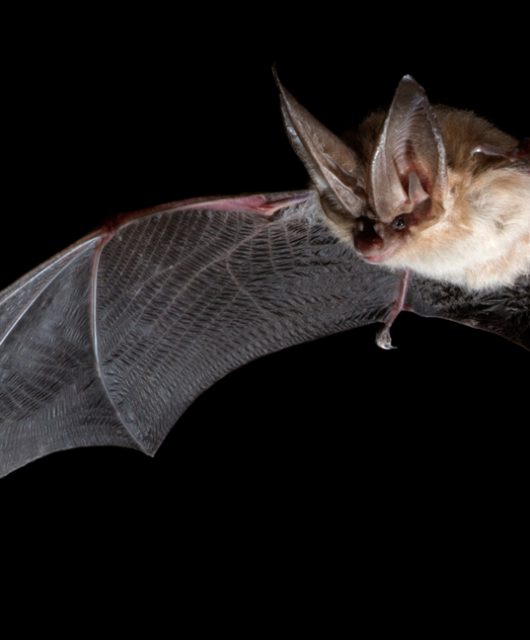Which turtle would nest first?
This was the question on our minds here at CWF at the start of the Great Canadian Turtle Race. Our friends at the Canadian Sea Turtle Network applied satellite tags to ten female leatherback turtles of the coast of Nova Scotia during the summer of 2012.
And then we all eagerly watched the turtles make their way to their southern nesting grounds of U.S.A., Costa Rica, Panama, Colombia, Puerto Rico, Anguilla, Venezuella, Grenada, Trinidad, Guyana, Suriname and French Guiana.
We were all thrilled when Red Rockette nested on a beach in Colombia called Bobalito at the end of March, making her the first to nest and the official winner of the Great Canadian Turtle Race!
As the winner of the 2013 Great Canadian Turtle Race, Red Rockette (red line in map above) was the pacemaker for the 2016 Turtle Race.
Sad News
Friends, we have sad news about our winner. Red Rockette was recently found dead on Nova Scotia’s Bay of Fundy shoreline. This was a shocking discovery for us because we recently found her again in Canadian waters, off the coast of Nova Scotia, feeding as usual.
However, this year we found her body in a very decomposed state. When marine animals are found in this kind of state, it’s hard to determine a cause of death. We are still waiting on results from the necropsy, although preliminary results indicated that they weren’t able to determine a cause of death.
Model not displaying properly for you? Tap on these gallery images instead: |
|  |
| 
Leatherback Sea Turtles are long lived animals, and Red Rockette should have had many years left. She was incredibly agile, swimming an average speed of 53 kilometres per day during the 2012/13 race and was still in her reproductive years.
And so we’re left shaking our heads in disbelief. It’s very alarming when a mature, reproductively active female Leatherback Sea Turtle dies – especially in Canadian waters. Canada, as you may know, is one of the safer countries to visit for Leatherbacks, however, clearly we’ve still got work to do to protect these animals while they’re in our waters.


